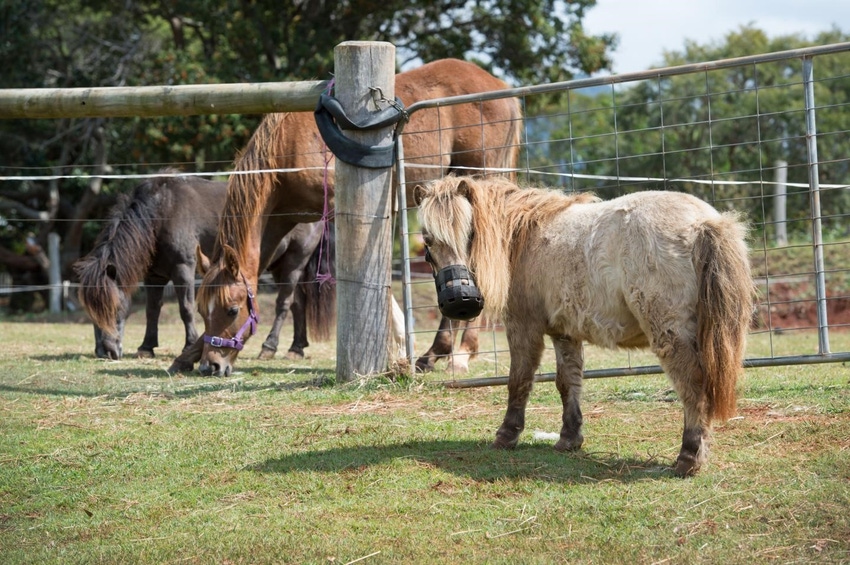Help for plump ponies may be on its way
Australian researchers have found drug that prevents laminitis in ponies, and studies underway around the world for regulatory review.
September 27, 2018

In Australia, Queensland University of Technology (QUT) professor Martin Sillence in the School of Earth, Environmental & Biological Sciences said a new veterinary drug related to one that's used to treat human metabolic syndrome has been found to prevent laminitis in ponies with the equine version of metabolic syndrome.
"This is great news for horse and pony owners because, until now, we have not had a veterinary drug to prevent or treat laminitis, which affects up to 20% of ponies," Sillence said.
"Just like humans, ponies particularly and also horses start to get fatter around the middle as they age, especially when there is a constant and abundant food supply," he said. "In humans, metabolic syndrome is a condition where too much glucose enters the blood and the pancreas produces more insulin to cope. Eventually, the pancreas fails, and diabetes develops.
"Our team discovered that in ponies, something quite different occurs, which led to the breakthrough finding that this common but mystifying disease was triggered by high concentrations of insulin," Sillence said.
"We discovered that when some ponies overeat energy-rich pasture or grains that release a lot of glucose, their pancreas pumps out even more insulin, and this leads to insulin toxicity. The toxic levels of insulin break down the connective tissue in the ponies' feet, causing lameness and excruciating pain, with a recent overseas study finding a third of animals with this type of laminitis had to be euthanized within a year of developing it," he said.
Sillence noted that the research team found that laminitis could be prevented by treating ponies that have high levels of insulin with a drug called velagliflozin (which is not an approved use in the U.S.).
"This drug belongs to a family of drugs developed to treat human metabolic syndrome ... [and] works by causing the kidneys to excrete more glucose in the urine to take the pressure off the pancreas and lower insulin levels," Sillence said.
"We have tested the drug in controlled trials in Brisbane [Australia], and now clinical trials are running on farms in Europe. When we have enough cases to prove its efficacy and safety, the regulatory bodies can pass it for use," he said.
Sillence said the team adapted a common oral glucose test to determine how high insulin had to be before the disease set in, which allowed for the prediction of which animals were at risk of developing pasture-associated laminitis.
"The breakthrough is the culmination of 10 years of QUT research that began when we discovered the cause of laminitis, which had been unknown despite having been described 2,000 years ago by Aristotle, who called it the 'barley disease'," he said.
"Our research team has secured $3 million in research funding, including three ARC grants and sponsors in Australia, the U.S. and Europe, to investigate the cause of and find new compounds to treat and prevent laminitis," Sillence added.
The research article, "The Sodium-Glucose Co-Transporter 2 Inhibitor Velagliflozin Reduced Hypersinulinemia & Prevents Laminitis in Insulin-Dysregulated Ponies," was published in PLOS ONE.
You May Also Like


.png?width=300&auto=webp&quality=80&disable=upscale)
